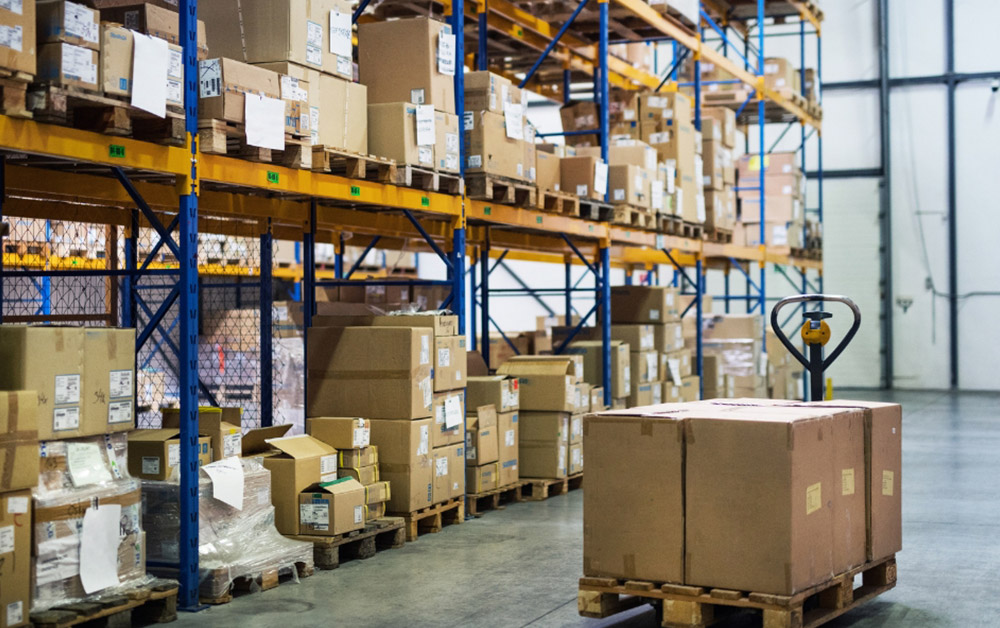Retail Pool Distribution VS Less Than Truckload (LTL)
Efficient logistics and supply chain management are critical components of a successful retail business operation. One key decision companies face is understanding the difference between Pool Distribution vs LTL (Less-Than-Truckload) shipping methods. Each approach has its own set of advantages and costs, and understanding these factors is crucial for optimizing supply chain processes.
What is Pool Distribution for Retail?
Retail pool distribution involves shippers consolidating shipments from multiple suppliers destined for a similar geographic area into a distribution center. From there, the goods are combined into a single truckload and delivered to the final destination, a pool provider, reducing transportation costs and enhancing efficiency. This method is particularly effective for high-volume, low-value items, cross dock, and high-density store locations, reducing distance to store.
What Are the Benefits of Retail Pool Distribution?
The cost advantages of retail pool distribution are evident in the reduction of transportation expenses. By combining shipments, companies benefit from economies of scale, resulting in lower per-unit transportation costs. Additionally, pool distribution minimizes the number of deliveries to a specific region, reducing fuel consumption, and overall carbon footprint.
>> Curious about how Rebel Logistics pool distribution can revolutionize your retail supply chain? Dive into our services and to discover cost-saving benefits for your business.
What is Less-Than-Truckload (LTL)?
LTL shipping, on the other hand, involves transporting smaller shipments that do not require a full truckload. This method is suitable for companies with lower shipment volumes or those dealing with high-value, time-sensitive goods.
Should My Retail Business Choose Pool Distribution or LTL?
While LTL provides flexibility for smaller shipments, it tends to have a higher cost per unit due to the increased complexity of managing multiple stops and handling various cargo. LTL shipments also require more handling and sorting at distribution centers, contributing to higher labor and operational costs.
Pool Distribution VS LTL – Which Retail Shipping Method is Right for You?
When comparing retail pool distribution and LTL, it’s essential to consider the specific needs and characteristics of the goods being shipped. Pool distribution excels in scenarios with high- volume, geographic concentration maximizing centralized delivery points, offering significant cost savings in transportation.
LTL, on the other hand, provides flexibility for smaller shipments and time-sensitive deliveries. However, the higher cost per unit can be a drawback for companies dealing with larger volumes of goods.
In conclusion, the decision between pool distribution and LTL depends on the nature of the products, shipment volumes, and delivery requirements. Pool distribution offers substantial cost savings in transportation for high-volume shipments, while LTL provides flexibility but tends to have a higher cost per unit. Companies should carefully analyze their specific needs and choose the method that aligns with their overall supply chain strategy to achieve optimal cost efficiency.
>>Fuel your retail strategy with data-driven insights and expert perspectives from the NRF
If you have any questions please contact Rebel Logistics at sales@go2rebel.com.



